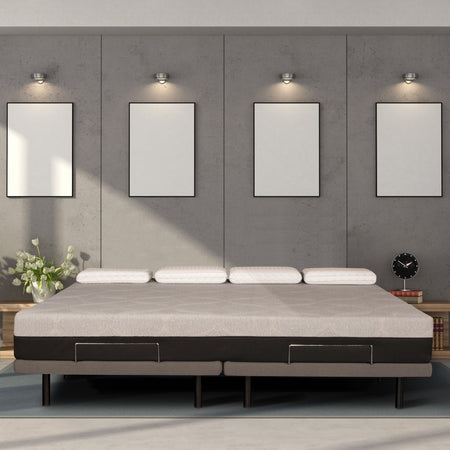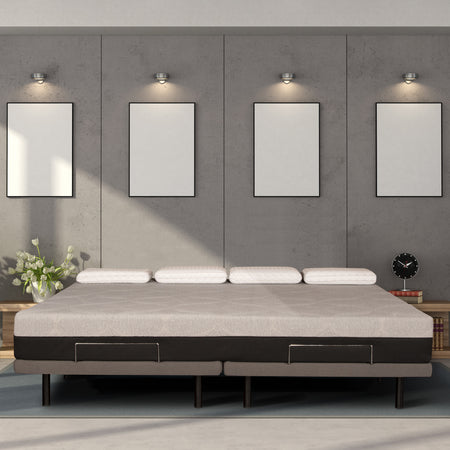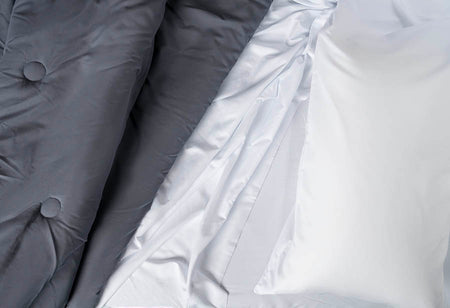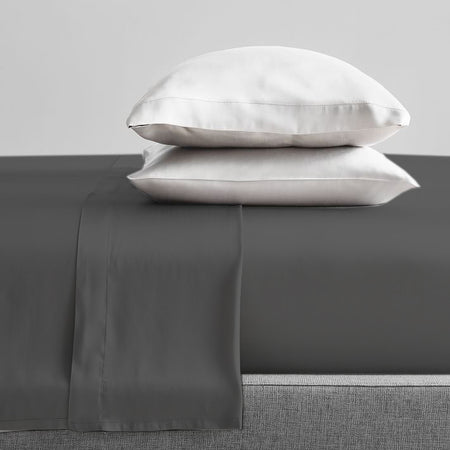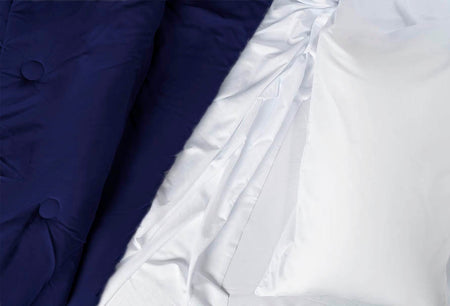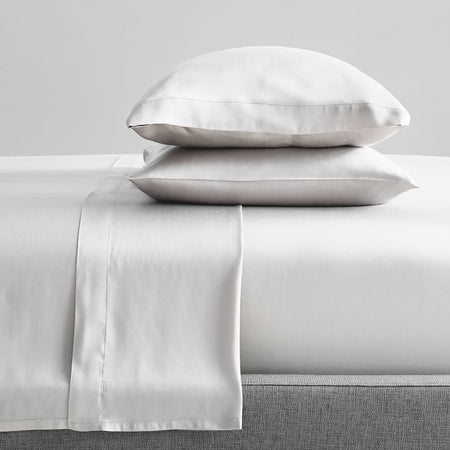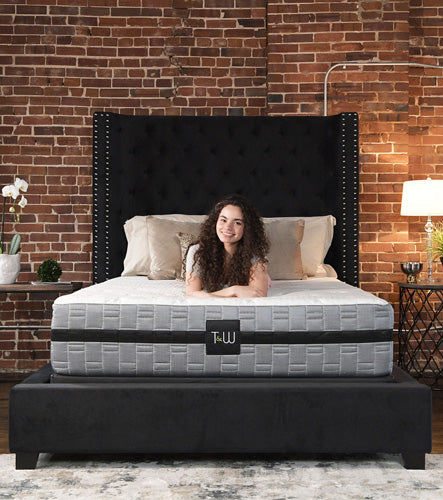The market is replete with a variety of mattresses of all thicknesses – from 2 inches to 18-inches and counting! The general perception is that thick mattresses are more comfortable, long-lasting and great for regular use.
Even in stores, the thickest mattresses garner the most attention and customer preference. After all, they’re perceived as more luxurious. But are thicker beds what we need? Is there a connection between the thickness of mattresses and sleep quality? To explore these and other questions, we have to first take a look at the different kinds of mattresses in use.
What is the Connection Between Mattress Thickness and Sleep Quality?
Although there is no golden rule, the general consensus is that thicker mattresses offer better sleep quality because they are costlier. However, this is not always true. Single sleepers and side sleepers don’t need thicker mattresses for better sleep. The materials used in the different layers, as well as the thickness distribution, softness and firmness of the different layers also contribute to the sleeping experience.

Yet, out of the different factors affecting sleep experience including mattress firmness, heating controls, bounce, support, body contouring, motion transfer, sleeping position and body weight, many tend to relate to mattress thickness in one way or the other. Supporting your head and neck, aligning your spine, even preventing acid reflux comes down to your mattress and its pressure points.
Types of Mattresses based on Thickness
People commonly associate thicker mattresses with greater comfort. Although there are no standard regulations as far as mattress thickness is concerned, 8 to 14 inches thick is the go-to popular mattress size.
To get a brief idea of the different kinds of mattresses, we can look at the following list for reference:
- 2 to 5 inches: Low Profile Mattresses
- 5 to 8 inches: Slim Mattresses
- 8 to 12 inches: Standard Mattresses
- 12 to 16 inches: Thick, deep or tall mattresses
- More than 16 inches: Extra thick, extra deep and extra tall mattresses

Understanding the Structure of a Mattress
A mattress can have anywhere from two to five layers; more commonly, the number stands at 3-4. Together, these layers contribute not just to the comfort and sleep quality that the mattress provides, but also to its durability and longevity. These are the foundation or base, comfort and support layers. Let us look at the different layers in further detail:
Foundation or Base Layer
It is the foundational support layer that provides mattress durability and makes it long-lasting because this layer prevents the whole mattress from sagging. Most high-quality mattresses have foundation layers contributing up to 50% of the total thickness. In a 10-inch mattress, the minimum thickness of the foundation layer must be 5 inches.
Comfort Layer
The top 1-2 layers of your mattress form the comfort layer. It usually comprises the cover, pillow top and sometimes memory foam mattresses that offer body contouring and thus comfort in your natural sleeping position with spine aligned. It is the comfort layer that makes a mattress seem plush and gorgeous.
Support Layer
The support layer lies between the comfort and base layer, and its chief function is to offer support to your back by resisting the downward force of your body. This is very crucial for your back, or else the sagging in the comfort layer takes away the optimum body posture. In some mattresses, however, the comfort and support layer positions are switched to make the mattress seem even softer.
According to experts, each of the two top layers – comfort and support – must be at least 2 inches thick, totalling 4 inches. Add to that the 6 inches of the base layer, and this is the reason why standard mattresses are more or less 10 inches thick.
What are the Advantages of a Thick Mattress?

Design and Aesthetics
Though it depends a lot on your taste, thicker mattresses are usually considered more luxurious and gorgeous, especially if you are placing them directly on the floor.
Durability
Thicker mattresses last quite long, more than a decade in most cases. These mattresses usually come with a warranty of 15-20 years, provided the foundation layer is thick enough (at least 7 inches or more).
Can be Used on the Floor
Floors are much harder compared to a box spring or a platform bed and do not absorb as much shock when you lie on your mattress. This affects mattress longevity, which is the reason you must opt for a thicker mattress.
Takes More Weight/Better for Sharing
A thicker mattress can support increased weight without disrupting the comfort or support provided. It, also, provides for more longevity.
What are the Disadvantages of a Thick Mattress?
Heaviness
Thicker mattresses tend to be quite heavy, which means setting them up or moving them around can be quite an ordeal. Although the heaviness usually does not hamper your sleeping experience, it can cause problems if your bed frame is not appropriate.

Getting out of Bed becomes Problematic
Thicker mattresses tend to add a lot of extra height to your bed. Except for taller individuals, this can be quite problematic because you would have to jump in and out of bed each time. This is also a cause for concern for people with mobility issues.
Heating Problems
Thicker mattresses tend to trap more air and heat within their layers through the evening, if not designed with adequate temperature control mechanisms. This can potentially make them uncomfortable during summers.
Costly
Thicker mattresses are considered a luxury by many because they are often more expensive. After all, they come with a thicker foundation and comfort layers, which means they need more material in the making.
Choosing the Right Thickness of the Mattress
To be able to make the right decision, it is important to look at your specific situation and analyse what mattress thickness will work for you. Consider your mattress location (floor or box spring), bed occupancy (single or more), body weight, how much warranty you require and so on.
Also take a look at the different options available – twin size mattress, twin XL mattress, full-size bed, queen size and so on – and decide which type you would want to invest in, followed by the thickness. What matters most is to purchase a high-quality mattress offering all the benefits you are looking for.


